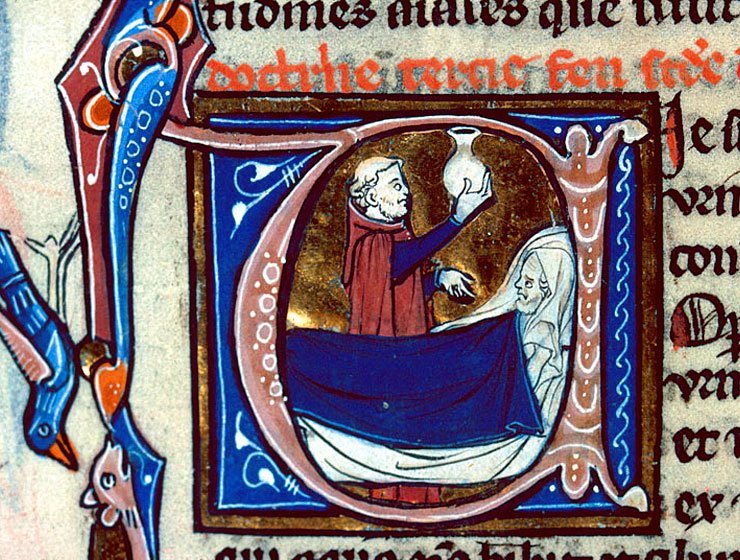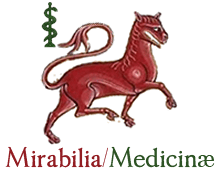
-Index-
Medical Humanities – The Edmund Pellegrino’s Project
Hélio ANGOTTI NETO
Original title: Humanidades Médicas – O Projeto de Edmund Pellegrino
Espírito Santo’s Regional Council of Medicine and Brazilian Federal Council of Medicine Positions on Voluntary Abortion
Sandra Helena PEREIRA
Original title: Posição do Conselho Regional de Medicina do Espírito Santo (CRM-ES) e do Conselho Federal de Medicina (CFM) sobre o abortamento voluntário
This work presents the official position of Espírito Santo’s Regional Council of Medicine and of the Brazilian Federal Council of Medicine on voluntary abortion liberation. It also tries to show several aspects that should be taken into account when discussing such question, which remains controversial in Brazilian society.
Juridical, Social and Ethical Aspects of Abortion
Leonardo Serafini PENITENTE
Original title: Aspectos Jurídicos, Sociais e Éticos do Aborto
The article presents social, juridical and ethical aspects of the voluntary abortion liberation, revealing political agents and possible consequences if abortion becomes legalized.
Voluntary Abortion − Debate
Leonardo Serafini PENITENTE, Hélio ANGOTTI NETO, Ricardo da COSTA, Sandra Helena PEREIRA
Original title: Debate Sobre o Abortamento Voluntário
Multidisciplinary debate on voluntary abortion liberation involving physicians, philosophers, lawyers, psychologists and embryologists.
Etymology in Human Anatomy as a Tool for Medicine Learning
Marcos César de SOUSA, José Guilherme Pinheiro PIRES
Original title: Etimologia Anatômica como Auxílio à Aprendizagem em Medicina
Experience report in Medical Education and Etymology in Medicine. Several medical students, under specialized guidance, revised the etymology of many Human Anatomy's terms using specific bibliographic sources. Such study can improve proficiency in Portuguese and also can help learning Human Anatomy. This work in its complete form will be published in Textbook format.
The use of three-dimensional clay model in the teaching-learning process of Human Embryology
Sheila Recepute SILVEIRA, Nilce Marzola IDERIHA
Original title: Uso de modelo tridimensional de argila no ensino-aprendizagem de Embriologia Humana
Human embryological development is complex and involves three-dimensional changes. Therefore, the correspondence between the 2D and 3D views is very important for communication and learning in embryo development. It´s essential for students to understand such morphological changes in normal development to provide an explanation for the anatomy observed in child and adult. Besides, they need to learn normal development to understand the origins of developmental anomalies. It is difficult for students to imagine three-dimensionally and grasp the different changes that occur simultaneously during human development. For this, teaching embryology has been considered a challenge for most of the teachers who are committed to this task. This paper reports the experience of using three-dimensional models in embryology classes and presents some testimonials from students.
The Heart’s Emptiness XĪN XŪ 心虛: interpretations about the book of Chinese medicine HUÁNG DÌ NÈI JĪNG LÍNG SHŪ 黃帝內經靈樞
Renata Palandri Sigolo SELL, Luis Fernando Bernardi JUNQUEIRA
Original title: O Vazio do Coração XĪN XŪ 心虛: interpretações sobre o livro de medicina chinesa HUÁNG DÌ NÈI JĪNG LÍNG SHŪ 黃帝內經靈樞
This article is a study about the concept of Heart XĪN 心 in the book of Chinese medicine HUÁNG DÌ NÈI JĪNG LÍNG SHŪ 黃帝內經靈樞, which plays a very important role in Chinese medicine history from more than two thousand years until today. Available evidence suggests that at the basis of LÍNG SHŪ 靈樞 is a layer of texts written during the end of the Warring States period (475-221 B.C), through Qin dynasty (221-206 B.C) and the beginning of Western Han dynasty (206 B.C – 9 A.C). In LÍNG SHŪ chapter 8, the Heart is presented as Emptiness XŪ 虚, empty as Heaven TIĀN 天 and, thereby, the residence of the Spirits SHÉN 神 and connection between us and nature. The Heart is Empty because it is able to remain free from attachment and aversion to any experience, phenomenon or living being. The notion of Heart’s Emptiness XĪN XŪ 心虛 was written under the influence of Daoists texts such as LǍOZǏ 老子 and ZHŪANGZǏ 莊子, thus we can comprehend the strong relation between Chinese medicine and several another aspects of Chinese culture.


















































































